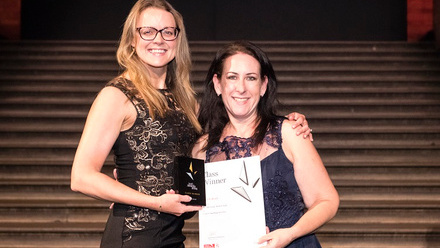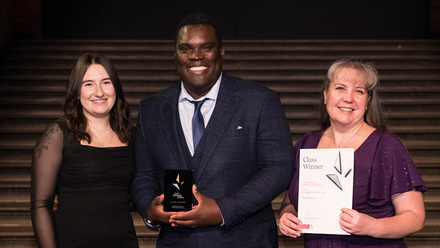It's fair to say that mixed in with the pride of what we've achieved as internal communicators in recent weeks, there's a decent amount of trepidation over what comes next. Returning to 'normality' – from home to shared workplaces – won't be as simple as switching on the lights.
And what is normality anyway? Covid-19 has changed the world and given us a taste of how things can work differently. We will soon have an opportunity to reimagine it. Going back to 'work' will in some ways be a Marie Kondo exercise in deciding what to keep, what to throw out and what to add from our recent experience.
For IC teams, there are more immediate things to consider, such as:
1. INFORM LEADERS, INFLUENCE PLANNING
As commercial organisations consider ramping things up, leadership teams need to be mindful of where their employees heads are. The pressure to get the wheels turning more quickly could overpower the employee-first focus of comms and be jarring for the very people being asked to step up.
So, if IC teams haven't already, it's time to shift more of the emphasis from cascade to two-way communication. That means ensuring there are channels in place to capture people's feelings as they return to work. This will inform next steps and enable communicators to show that the business is responsive to what people think.
A weekly survey asking people to record how they feel, evaluate the company's handling of the situation so far, share their suggestions for how the business can ease their way back into the workplace, and track the state of their mood week on week is a good idea.
This way, when embarking on the recovery journey, leaders can be confident they're taking employees with them.
2. SHIFT THE WELLBEING FOCUS TO SAFETY
In times of upheaval like this, it's essential to have some form of continuity. So, while the message for many will shift from working from home to returning to the workplace, communicators should maintain the emphasis on employee wellbeing.
According to a survey by Gatehouse last month, employee wellbeing has been the no.1 priority for IC teams throughout lockdown and 78% said this would continue well into June and beyond. This would mean that messaging retains a good balance between what's needed for the organisation to start to regain health, and acknowledging the importance of individual safety.
As always, companies should be seen to be following – as a minimum – the scientific guidance shared by Government, with some discretion to accommodate particular employee concerns about returning to work. International firms will also need to demonstrate how they are interpreting local norms across their territories.
Some of the many points to consider include:
- A phased return to work for colleagues who find the transition back to 'normality' difficult
- The need for absolute clarity on safety at work, such as how to navigate social distancing
- Consideration given to staggered start/finish times to help ease crowding on public transport
- The allowance or possibly provision of PPE for those who want it, with the reassurance that NHS workers are not being deprived as a consequence
- Consideration of a whistleblowing process in case of deliberate breaches of guidelines.
3. KEEP TEAMS INFORMED AND CALM
With so many variables, it's important to start planning how to keep people informed, reassured and engaged right now.
The organisations that Words&Pictures have supported through Covid-19 so far have found simple, timely and closely targeted communications to be most effective. Taking the form of digital information guides, these lead colleagues every step of the way and at a pace they're comfortable with, managing common queries and sharing other people's recommendations.
They're also a fast and effective way to address fears and concerns raised through the listening channels. For example, not just 'telling', but also 'showing' colleagues how to manage social distancing through graphic 'how-to' guides.
Of course, it's not just about returning people to some sense of normality in an orderly and safe fashion. It's also about re-acquainting, re-engaging and re-energising them around the organisation's purpose and strategy. These themselves may have changed in the light of Covid-19. In that case, IC teams may need to consider some level of re-onboarding activity or guidance for colleagues, as well as communications or activities that will re-engage and re-energise them about future plans and opportunities.
At the same time, let's not forget that some colleagues will remain working remotely for a period while others will continue to be on furlough. In such cases, IC teams must adapt the message for them, bringing them on the journey rather than have them feeling left behind.
4. EQUIP MANAGERS FOR THE TASK AHEAD
People managers will be at the heart of all this action and its success will depend heavily on them.
Their returning teams will have had very different experiences – so it's important managers feel properly equipped to support people and enable them to reconnect with previous routines. One example for managers is to identify things that colleagues are missing at the moment, such as going out for team lunches, and arranging these in advance.
Once again, IC professionals will be responsible for planning, packaging and providing such guidance for managers. It's even possible that they may need to delegate some of their own local communication responsibilities to managers, which will need some form of communication training.
There's clearly a lot for us as IC teams to think about. But we've already demonstrated that we can operate with greater purpose and at an infinitely faster pace than we ever imagined. We should be proud of that level of resilience, adaptability and innovation. And based on that experience we should know that what comes next is well within our powers to achieve.





